In part 1 of Add in the Arts, we explored the “why?” behind foundational drawing. Today, we take art to the next level with color media and three-dimensional modeling.
Through drawing, young learners explore the elements of shape. They learn to communicate through visual images.
They learn to compose a story without words.
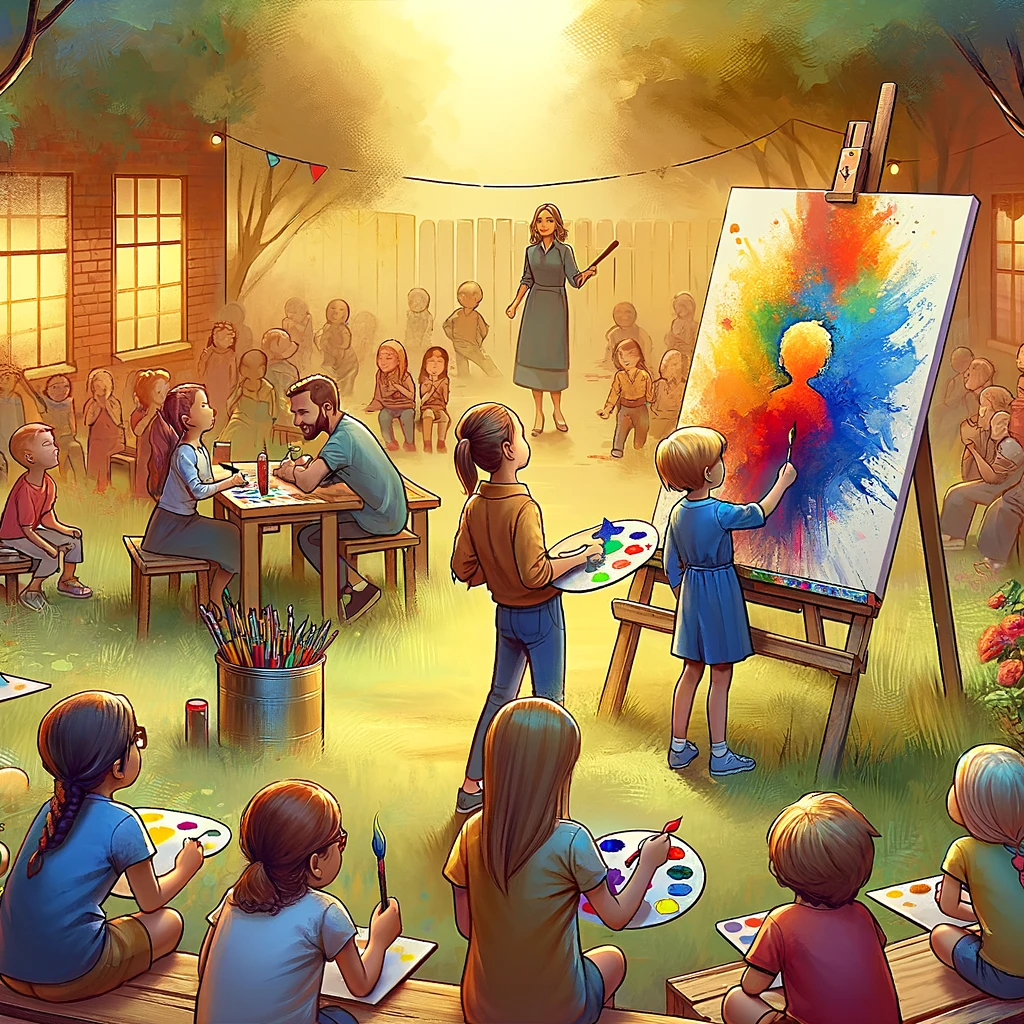
Through painting, mixed media & sculpture, children learn about color composition, chemistry and rendering three-dimensional likenesses. They learn how wet media blend together on smooth paper, rough canvas and soft fabric. They learn how it feels to hold a glob of cool clay in their hands and mold it into something unique.
They learn to add color, texture and shape to their silent stories.
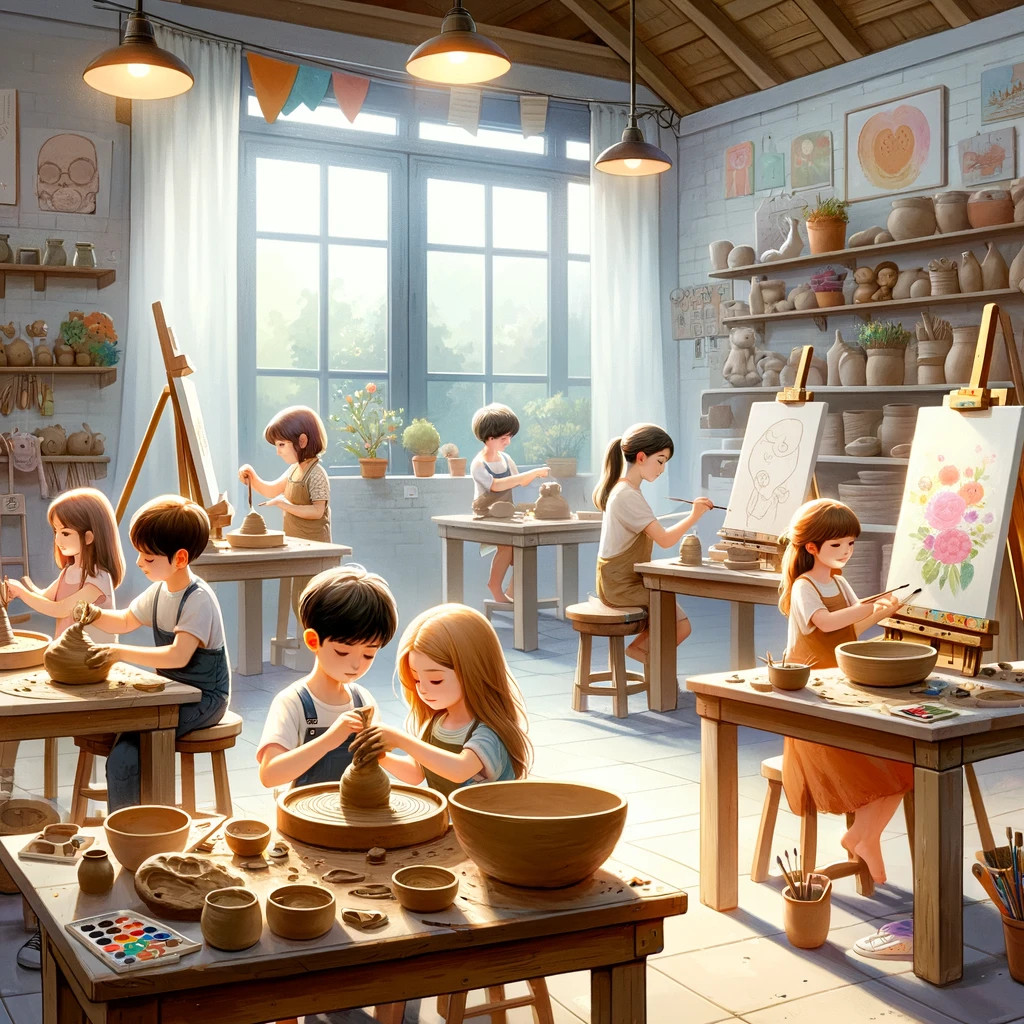
As I taught art to my learners, I designed the following sequence (after much trial and error!) By correlating the media “difficulty level” with my students’ ages/fine motor skill development, I aimed to foster a positive experience and avoid a frustrating one.

Introducing Color-Based & 3-D Media to Learners – An Age-Sequential, Flexible Chronology
Little ones love outdoor art. Let them get messy and muddy! Clean up is as simple as a garden hose or sprinkler.

Incredibly intriguing for the youngest of learners, playdough and modeling clay are also tremendous fun for older students and adults! Hobby stores generally stock modeling clay that can be baked to hold shape in a normal kitchen oven. Try making homemade playdough – it’s quick and easy!
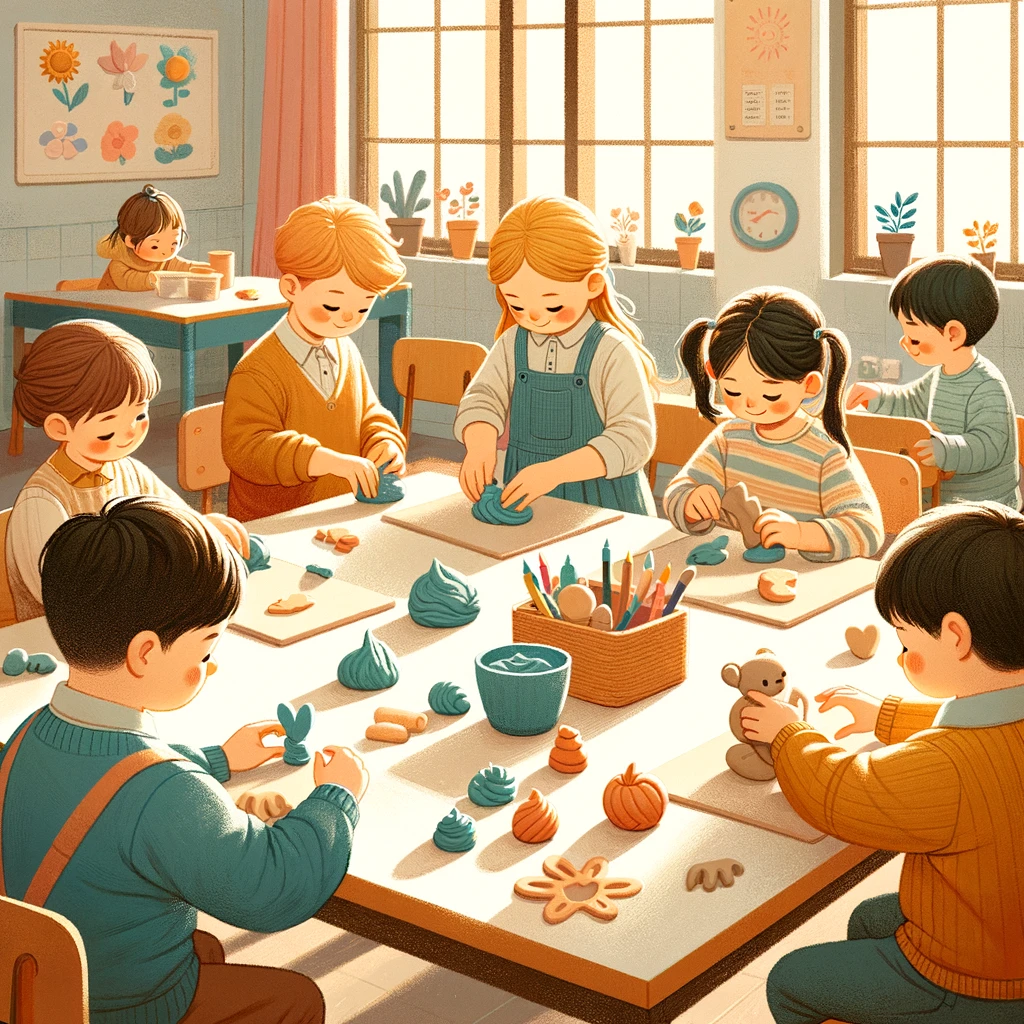
Wide-tipped, washable markers and paint-dabbing “pens” are suitable for very young learners. Students with more advanced fine motor skills can dabble with ultra-thin tips, glitter pens and specialized calligraphy tools.
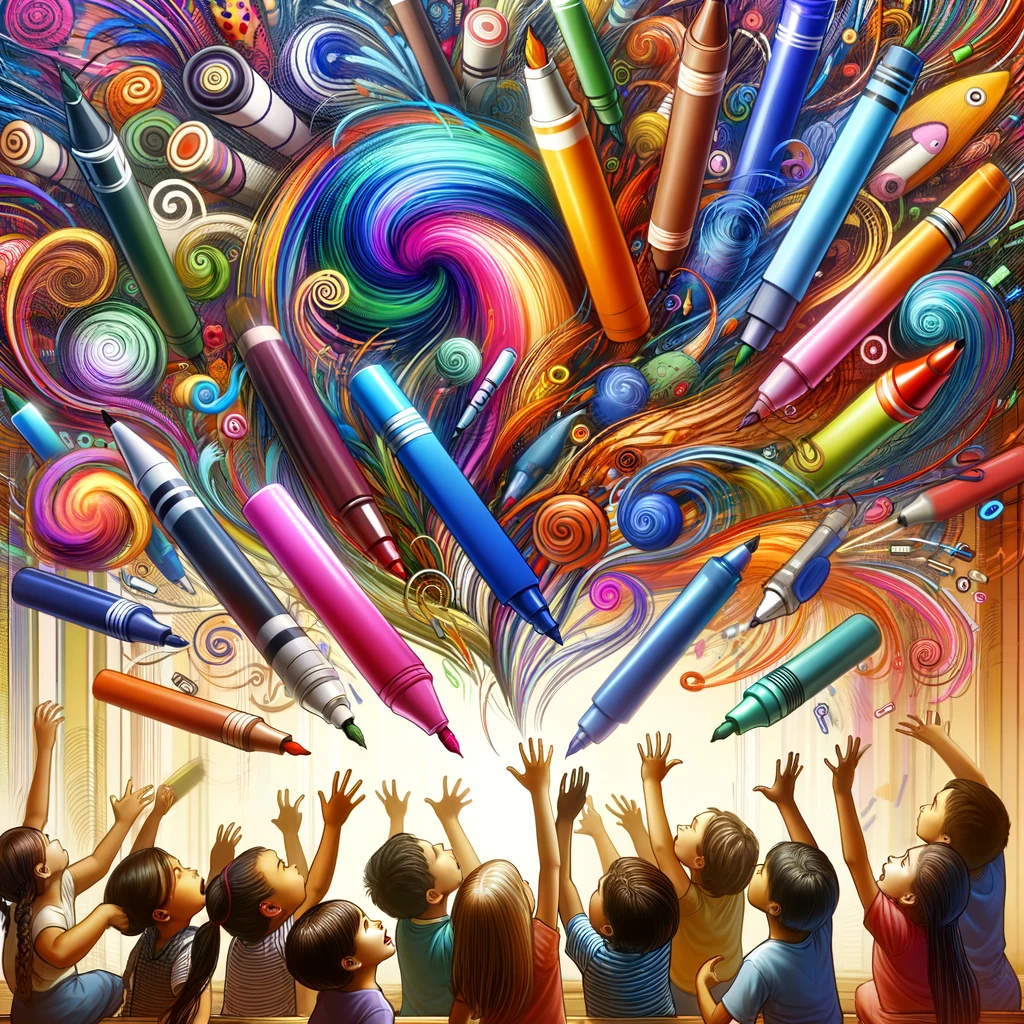
Introduce thin crayons and colored pencils along with markers. Learners can decide which they enjoy experimenting with the most.
Use small, affordable watercolor sets with wide, chunky or foam brushes for young students. Work up to thinner and specialty-shape brushes, along with tube watercolors and pencils. Teach learners how to blend concentrated colors with water to invent their own paint colors!

Get creative with surface selection! Learners can paint their own t-shirts, tote bags or mugs. Packages of small canvases are perfect for first forays into oil paints. Students can choose to draw on canvas first or fashion free-form designs.
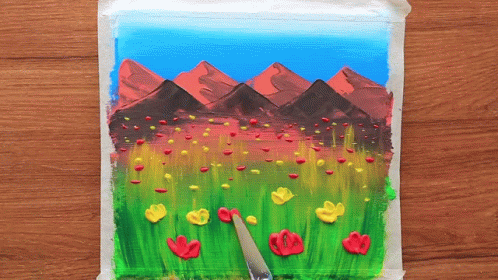
Oil pastels bridge the transition from “wet media” back to more advanced dry media. Wide, brightly-colored oil pastels familiarize learners with how oil pastels “feel.” Encourage students to draw the elements of shape or geometric patterns prior to creating specific illustrations.
Fiddly to handle, chalk pastels and charcoal require patience and a gentle, light touch. Best for older learners or art students with a bit of experience, they offer opportunities to explore dry-blending skills, gray-shading and shadowing.

Unless you have a pottery wheel in your learning environment, you may have to seek out a craft shop, specialty store or art school to take clay modeling to the next level. Older students might enjoy an afterschool or summer enrichment sculpture class!
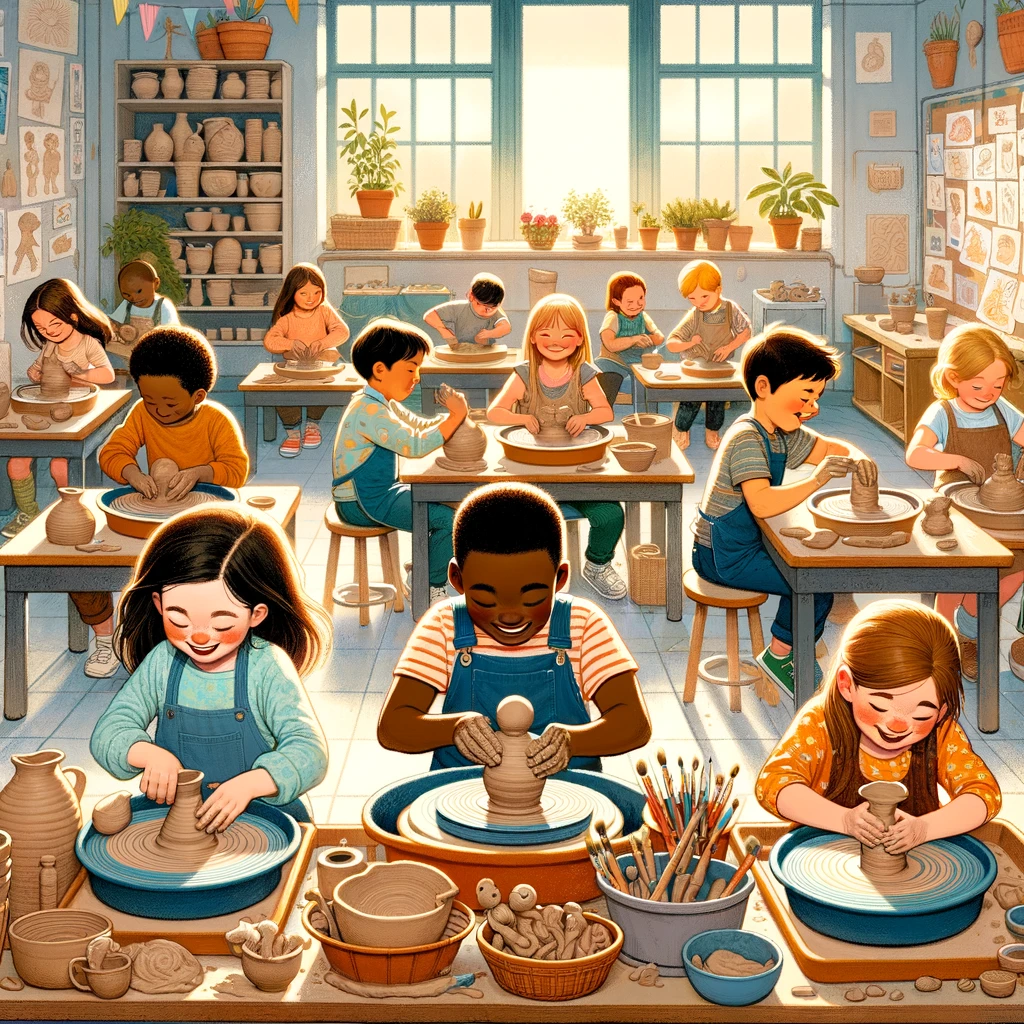
Modify the order in which you introduce color-based and 3-D media based on knowledge of your learners.
One child might love all things art and be ready to sculpt or draw with charcoal at age eight. An older student might “latch onto” a particular media and prefer to exhaustively experiment with its capabilities prior to moving on to another one.
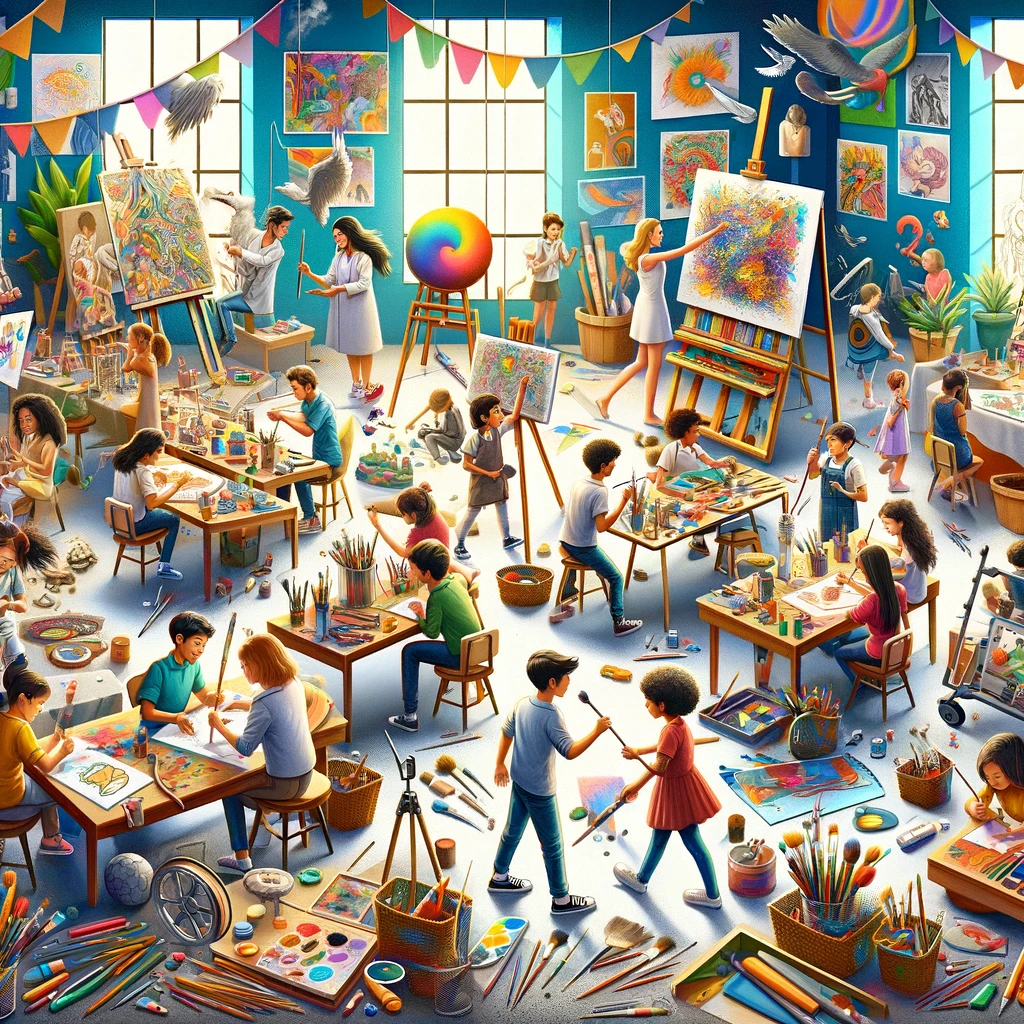
Color-based and 3-D media present novel ways for art students of all ages to colorize unique works and build artistic muscles. Bump up the art in your ed-biz or homeschool by offering interactive opportunities that engage the whole learner in intellectually and kinesthetically stimulating activities.
Find Your Education Autonomy
Explore the universe of community-led learning spaces with edTonomy. Our platform is designed to empower educators to innovate and create lasting impact beyond the classroom, turning educators into entrepreneurs and redefining 'classroom' as any space where learning happens.


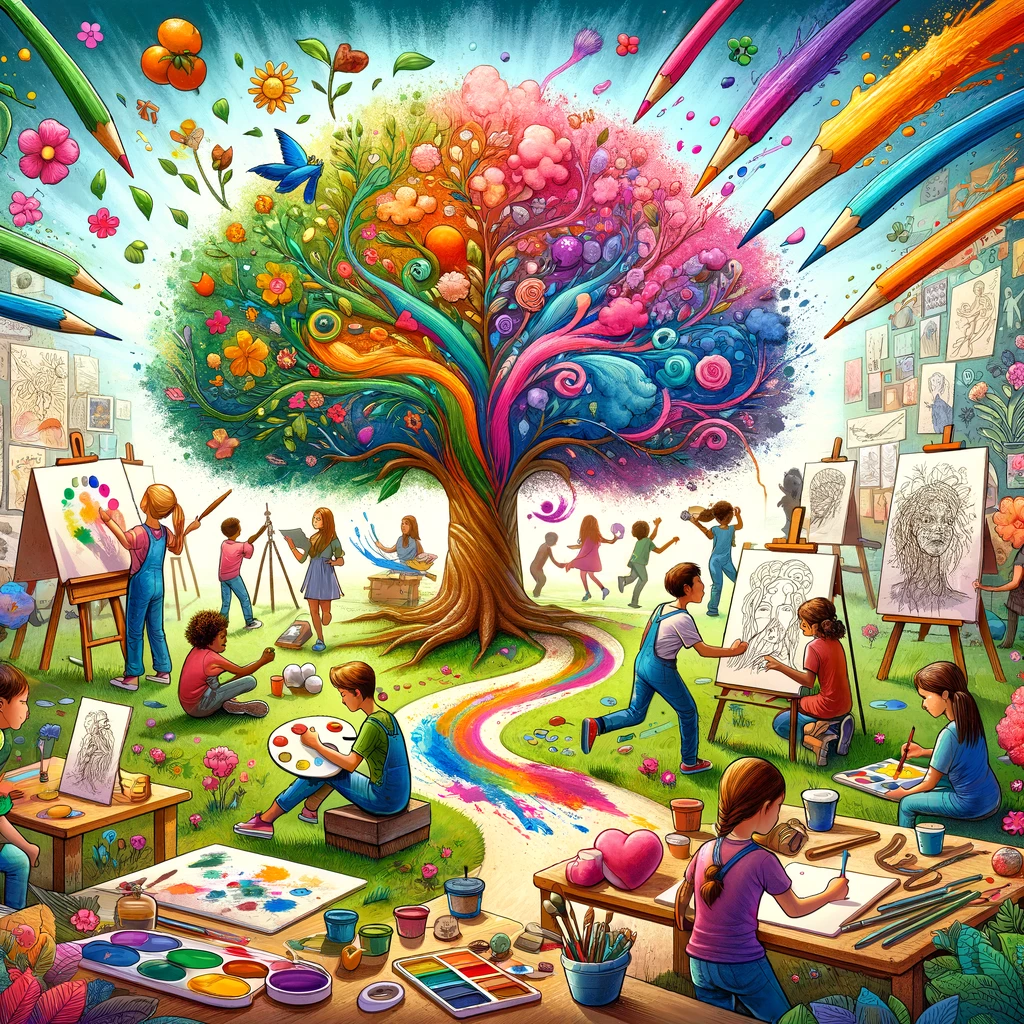



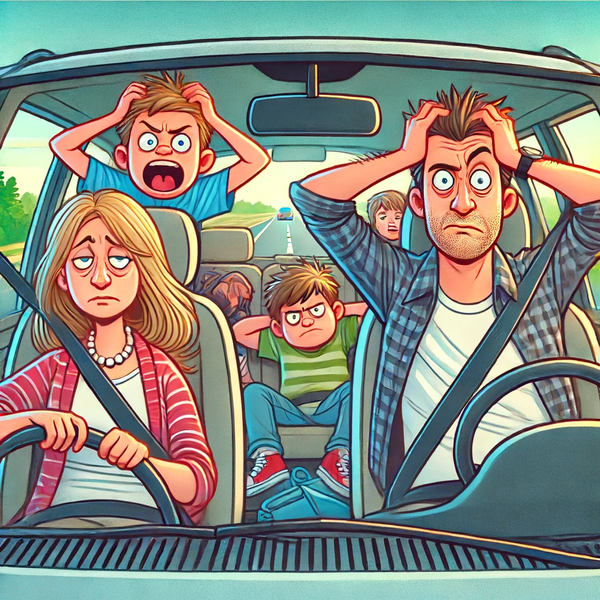

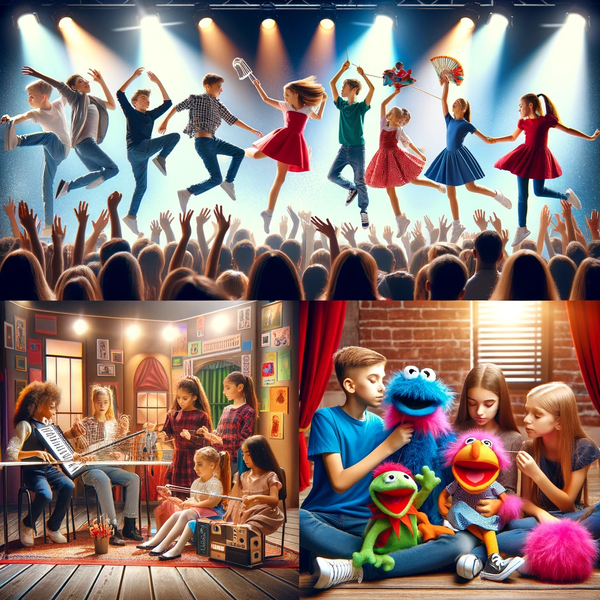
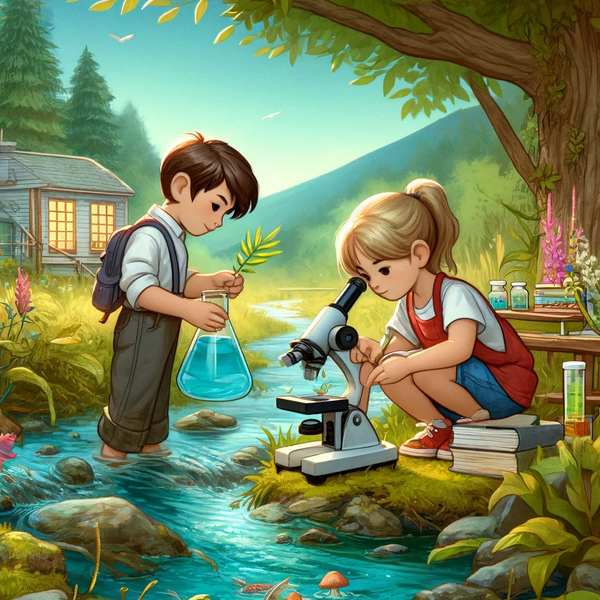
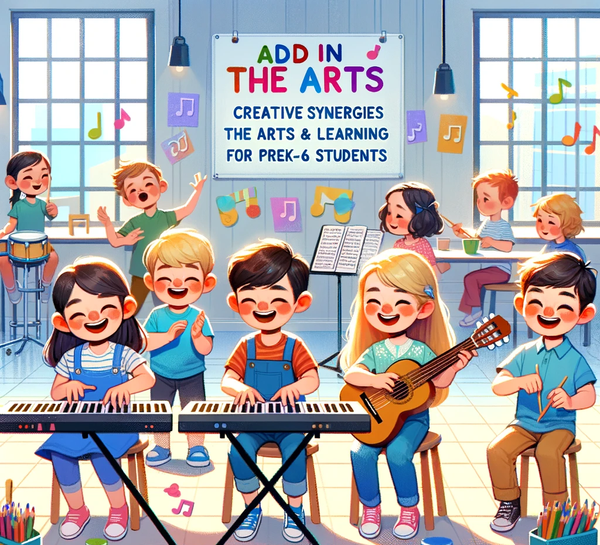
Member discussion